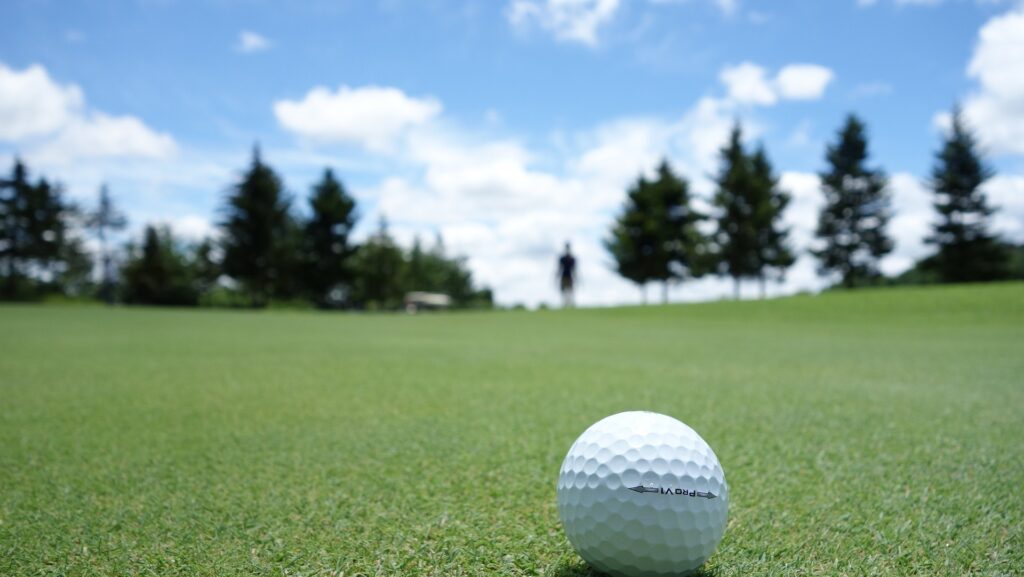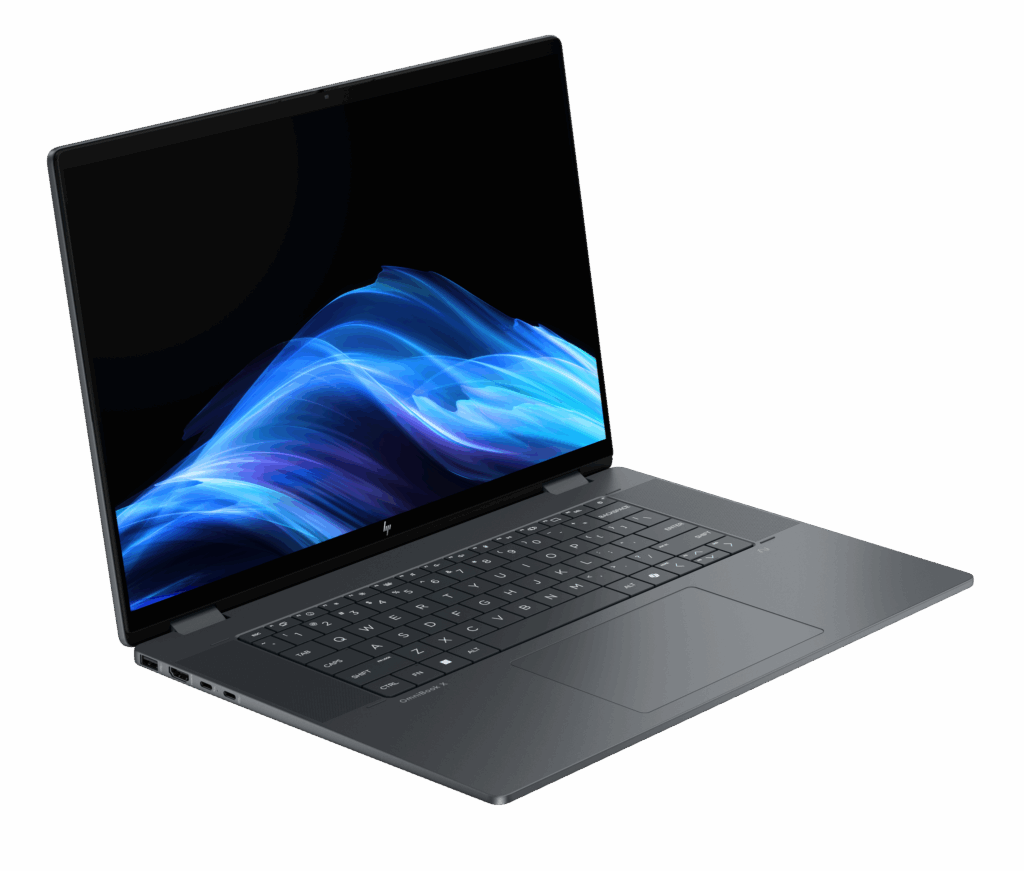Most of us use some sort of wearable technology on a close-to-daily basis. In most cases it’s a watch, but in today’s world, a watch is no longer just a watch. Back in the day, they told the time. These days, you can get all manner of information right at your wrist… It’s basically wearing a small, portable computer.
This means that for sports like golf, which are heavily based on data, wearable tech can be an invaluable tool if you know how to use it correctly. The pros have already been using tech to boost their games for years, but this kind of advantage is now available to almost anyone.
Whether you’re a new golfer aiming to learn right from the start, or an experienced one who wants to improve certain aspects of your game, wearables can help. Here’s how.
What Is Wearable Technology?
Let’s first nail down what wearable technology is. In simple terms, it’s any piece of tech that’s designed to be used while worn in some way. Whether it’s worn on the body, clipped to clothing, or even carried in a bag or pocket, it’s considered to be wearable.
- Smartwatches
- Smartphones
- Fitness trackers
- Smart jewelry
- Smart sunglasses
- Bluetooth headsets
- VR headsets
Tech companies are also becoming smart about their wearables and integrating them into clothing. For example, smart clothing is something that’s in the works, featuring special material and integrated tech to measure things like skin temperature and so on.
Another interesting innovation is wearable sensors, like the Whoop, which are designed to be placed inside various items of clothing. Once placed in a waistband or bra band, the sensor sits against the skin and can measure a range of metrics.
Then you get things like the Arccos Caddie system, which technically isn’t worn on the body, but is “worn” on your golf clubs. Do they count? Some say yes, and some say no… But the line is unclear!
How Technology Is Changing How Golfers Play
So what has this got to do with golf? Well, the application of tech is changing the way golfers play, from training to tournaments. Here’s a quick overview of the way tech is challenging golfers to up their games.
Improved Data Analysis
Data analysis is the key to figuring out your small weaknesses and how to improve them. And wearable tech has put data at everyone’s fingertips. You don’t need to be a data analyst or mathematician—your important metrics are available to you all day, every day.
You can use this data to analyze things like:
- Swing mechanics
- Swing speed
- Launch angle
- Swing tempo
- Spin rate
From the very first golf ball you hit, you have a host of data available to figure out what you’re doing right and what you’re doing wrong. There’s no need to play for years with the incorrect form or a sub-optimal drive. Data analysis helps you get it right from the get-go.
Improved Health and Fitness
Golfers like Bryson Dechambeau and Pauline Roussin-Bouchard have brought the element of fitness into golf more prominently. Whatever sport you’re playing, building up your fitness level is important. Wearable tech helps sports people keep track of their health and fitness so they can use it to boost their performance.
Things like heart rate, calories burned, blood oxygen levels, and sleep tracking can give insight into your health. But being able to track each one of these things allows you to structure your training to hit certain goals.
For example, in Dechambeau’s case, building muscle has most likely given him a touch more power on the drive. Of course, upping your fitness level is also helpful for walking the course without fatiguing, and you can take advantage of things like heart rate training to make sure you’re optimizing your training based on your goals.
Enhanced Training
Wearable tech and simulators go hand-in-hand. Training in a simulated environment is a fantastic opportunity for golfers, as you can practice shots and experiment in as real a situation as possible.
Using your data and simulated situations, you can actively work on things like tricky bunker shots, getting out of the rough, or making blind shots on specific golf courses.
Accurate Golf Course Information
Smartwatches and rangefinders offer a rich variety of information on golf courses across the world. If you’re heading overseas for a vacation and want to get in a round, you can practice virtually on the exact course before even getting there.
Aside from having a virtual experience so you know where the hazards are and how to play certain holes, you’ll be able to use real-time information while on any given course. Things like distance to the pin, distance to hazards, and curvature of the greens can help you make better club choices, shot choices, and calmer decisions about how to play.
Types of Wearable Technology for Golfers
Golf is filled with gadgets! Almost every golfer already has a smartwatch, which offers health and fitness data. Not all of them are golf-specific, though, so if you’re serious about your sport, you may want to consider investing in a GPS golf watch. These give you more golf-specific training features, as well as course analysis features.
Most swing analyzers are phone apps, and while smartphones are considered to be wearable tech, these kinds of analyzers don’t use the “wearable” fact to analyze your swing. They’re simply video analysis tools… Unless you use something like the Arccos Caddie system, which uses clip-on golf club sensors.
Another thing that’s becoming more popular is virtual reality training. In this case, you take a regular old golf simulator to the next level by using a virtual reality headset to get a truly immersive experience. This can be valuable if you want to get a great feel for a course you’re going to be playing soon.
What Does the Future Hold for Wearable Technology?
Tech is certainly not slowing down. While Elon Musk has yet to get into golf tech, we can expect new innovations to keep coming. The future is likely to place heavier emphasis on artificial intelligence and machine learning to improve the accuracy of data.
We can also expect to see more personalized solutions, with tech being able to adapt to each person’s unique movements, metrics, and needs. In terms of golf, this could mean that wearables adapt to the golfer’s unique swing, power levels, and even stress levels during a round.
This opens up interesting discussions on how wearable tech may be able to influence and improve the mental game as well. Eventually, with the innovations in tech and the interconnectedness of devices, we can expect to have fully integrated training systems for almost any sport based on each particular player’s mechanics, strengths, weaknesses, and goals.
- Augmented Reality (AR) in Golf: Enhancing Practice and Play - July 24, 2024
- How Wearable Technology is Changing the Way We Train for Golf - May 5, 2023
- Best Golf Apps That Can Help You Improve Your Game - April 25, 2022




Comments are closed.